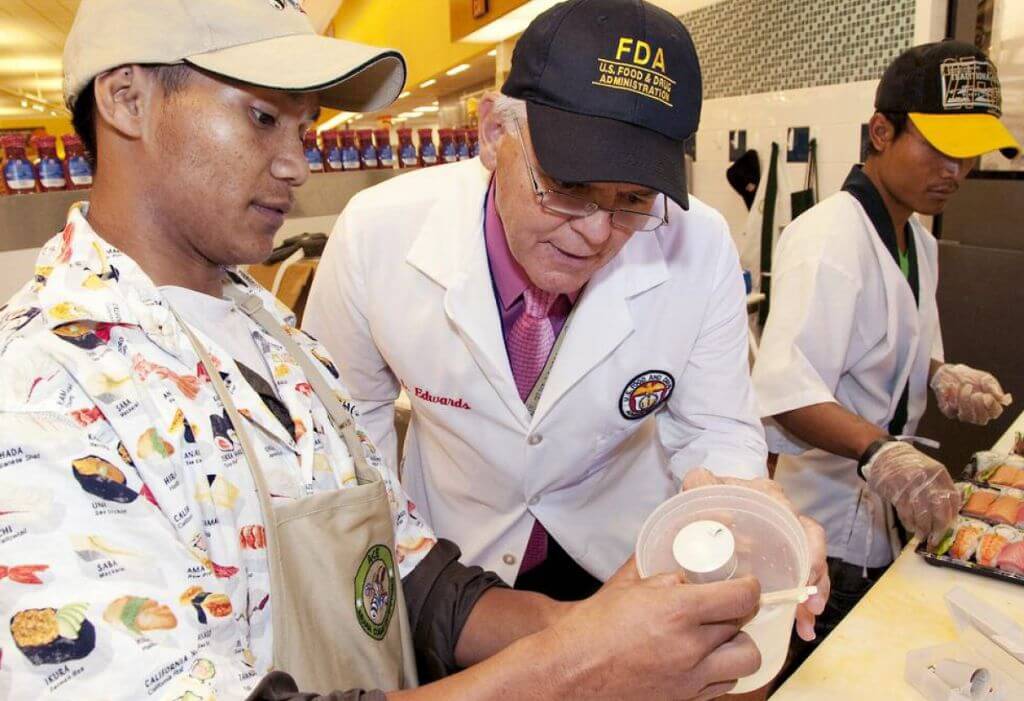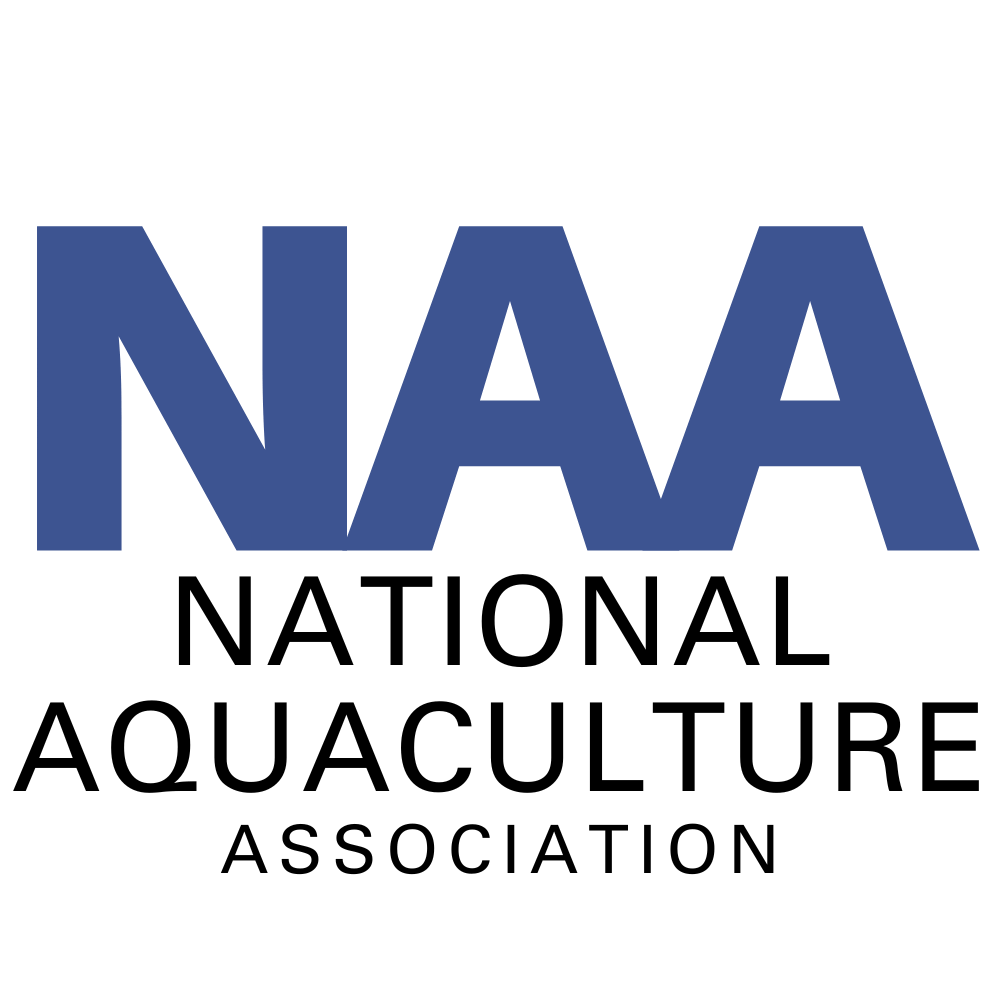U.S. Farm-Raised Seafood is
Excellent source of high quality, digestible and complete proteins.
High in Omega-3 fatty acids, and important vitamins and minerals.
Low in calories, LDL cholesterol, saturated fats, and sodium.
U.S. farm-raised seafood is a great source of Omega-3 fatty acids that play a critical role in maintaining good health.
Seafood is by far the best source of two of the most important omega-3 fatty acids: eicosapentaenoic acid (EPA) and docosahexaenoic acid (DHA). Omega-3 fatty acids affect the critical balance of certain blood components called lipoproteins by reducing low-density lipoproteins (LDL) and very-low-density lipoproteins (VLDL) that deposit cholesterol along the artery walls.
U.S. farmed fish has equal or greater Omega-3 fatty acid concentrations.
A 2014 study looked at 76 species of farmed and wild fish from six regions of the U.S., and evaluated their fatty acid content, specifically their total eicosapentaenoic acid (EPA) and docosahexaenoic acid (DHA). They found that farm-raised fish species popular in the U.S., like salmon, bass, cod and trout, had just as much or more of the omega-3 fatty acids than wild caught.
The omega-3 fatty acids may also lower the levels of blood triglycerides, another type of fat involved in heart disease.
Triglycerides may contribute to hardening of the arteries (atherosclerosis). Furthermore, omega-3 fatty acids may lower the “stickiness” of red blood cells. This helps the blood to flow more smoothly and reduces the formation of clots. One study, published in the Journal of the American Medical Association, suggests that modest consumption of fish, 1-2 servings per week, may reduce the risk of coronary death by as much as 36%.
Learn More About
Food Safety and U.S. Farm-Raised Seafood
Aquaculture currently supplies over 50% of all the seafood that is consumed worldwide. U.S. aquaculture production is overseen by a number of federal agencies including the Department of Agriculture (USDA), the Environmental Protection Agency (EPA), the Department of the Interior, the Fish and Wildlife Service (FWS), the National Oceanic and Atmospheric Administration (NOAA), and the Food and Drug Administration (FDA).
Federal programs are supplemented by extensive state and local programs. Each of these agencies and programs has a food safety component. Food safety is strictly regulated through every phase of the farming process from initial breeding to harvest.
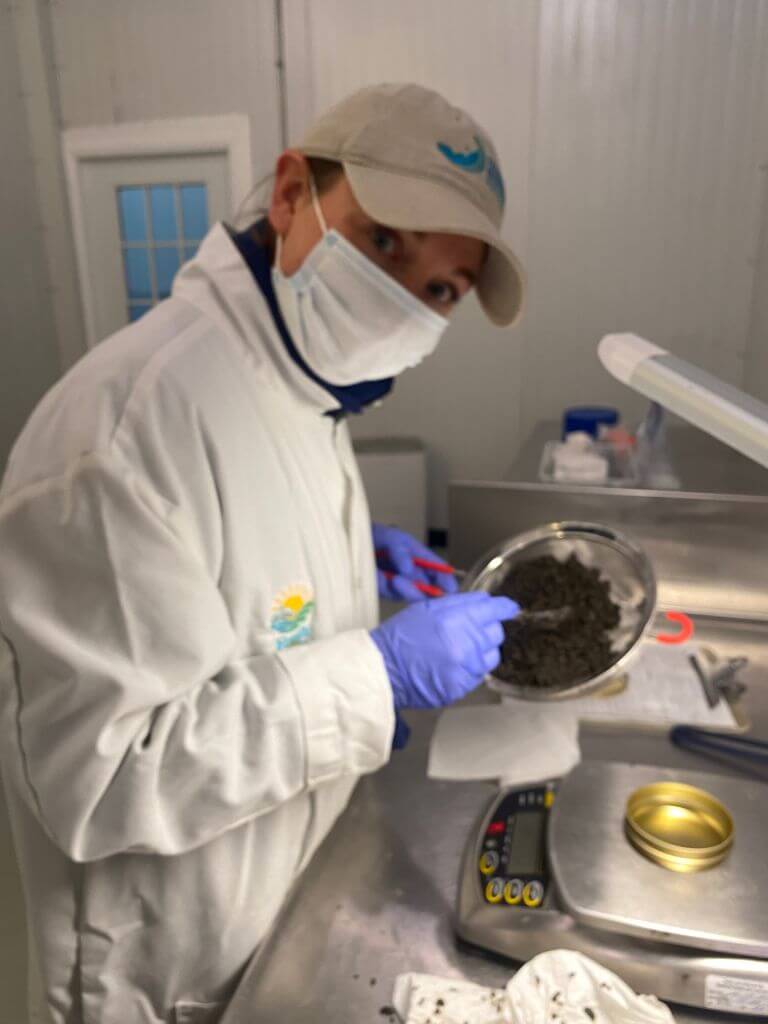
The U.S. Food and Drug Administration's Regulatory System
Fish and shellfish farm-raised in the United States must meet rigorous standards for both product wholesomeness and safety.
Hazard Analysis Critical Control Point (HACCP)
The Food and Drug Administration requires seafood processors to implement a mandatory Hazard Analysis Critical Control Point (HACCP) program. The HACCP system is a proactive system based on identifying and preventing hazards that could cause foodborne illnesses rather than a conventional reactive inspection system relying on spot checks. HACCP requires that a food establishment analyzes its production methods in a rational, scientific manner to identify critical control points, establish critical limits, and monitoring procedures. The principles of HACCP were pioneered by the Pillsbury Company in cooperation with NASA to help ensure that food for the United States space program approached a 100% safety level. In 1997, the FDA initiated a mandatory HACCP program for seafood to increase the margin of safety and reduce seafood related illnesses to the lowest possible levels.
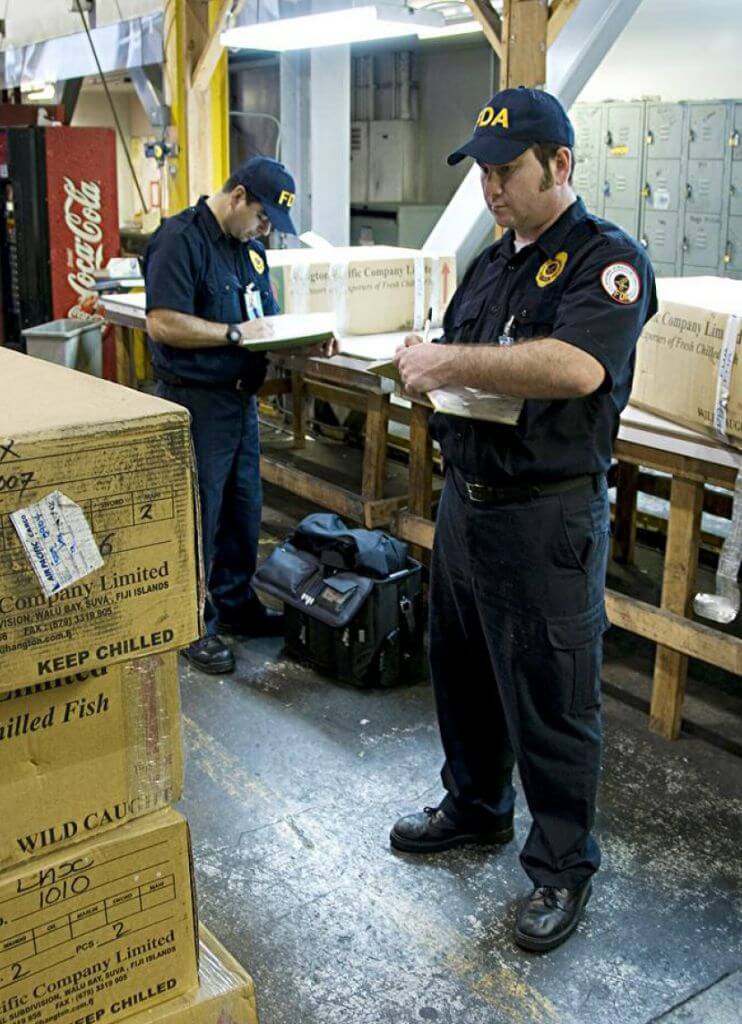
HACCP has several additional benefits over conventional inspection systems.
It clearly recognizes the food establishment as the final party responsible for food safety and allows the regulatory agency to determine the food establishment’s level of compliance more precisely over time. HACCP records kept by the food establishment may be reviewed at any time without prior notice, while traditional inspection systems can only determine conditions at the time of inspection and produce a “snapshot” of compliance.
The federal program is supplemented by state and local licensing programs. Inspectors check physical facilities to help ensure that they meet all the requirements of HACCP and adhere to safe food sanitation and processing standards. Those programs rely heavily on the implementation of HACCP principles and regular inspection.
Food Traceability
Food traceability is the final component of FDA’s New Era of Smarter Food Safety Blueprint authorized by the Food Safety Modernization Act (FSMA). The new requirements will allow for faster identification and rapid removal of potentially contaminated food from the marketplace, resulting in fewer foodborne illnesses and/or deaths.
At the core of this rule is a requirement people manufacturing, processing, packing, or holding foods on the Food Traceability List, maintain records containing Key Data Elements associated with specific Critical Tracking Events; and provide information to the FDA within 24 hours or within some reasonable time to which the FDA has agreed.
The final rule aligns with current industry best practices and covers domestic, as well as foreign firms producing food for U.S. consumption, along the entire food supply chain in the farm-to-table continuum.

U.S. Department of Agriculture
The Food Safety and Inspection Service protects the public's health by ensuring meat (including U.S. farm-raised catfish), poultry and egg products are safe, wholesome, and correctly labeled and packaged. FSIS inspects U.S. farmed and wild catfish during processing and tests the final products for bacterial or chemicals recognized to pose a threat to human health. Foreign producers must implement equivalent programs. Imported catfish products are tested for compliance with U.S. standards.
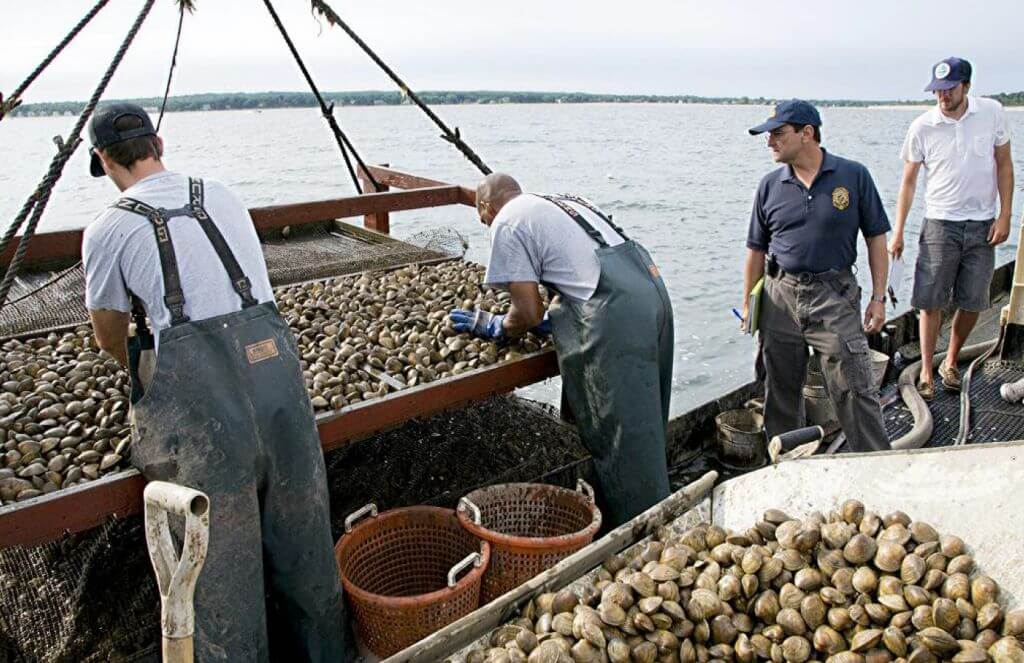
Shellfish Sanitation Program
In addition to the mandatory FDA HACCP program, farm-raised oysters, clams, and mussels are closely monitored by the Interstate Shellfish Sanitation Conference (ISSC).
State agencies, in cooperation with the FDA, administer a certification program requiring wholesale shellfish dealers to harvest, handle, process, and ship shellfish under sanitary conditions and maintain records verifying that the shellfish were harvested from approved waters.
State agencies regularly test shellfish growing waters to help ensure that the shellfish harvested from those waters are safe, inspect shellfish handling and shipping facilities, and routinely collect samples of shellfish for thorough testing. The FDA publishes a listing of certified interstate shellfish shippers. State inspectors collect shellfish from retailers and restaurants for additional testing.
All bivalve molluscan shellfish (clams, oysters, and mussels) must be tagged with information about when they were harvested, who harvested them, and where they were harvested. The tag must also include the shellfish shipper’s number. This helps to ensure that shellfish are harvested from approved areas by licensed harvesters.
Retail and Restaurant Inspections
County, local, and state health departments routinely inspect seafood sales at the retail level. The Public Health Service regularly updates the U.S. Food Code to help ensure that appropriate steps are being taken to maintain a wholesome, safe and nutritious food supply. The Code provides an extensive set of food handling requirements.
